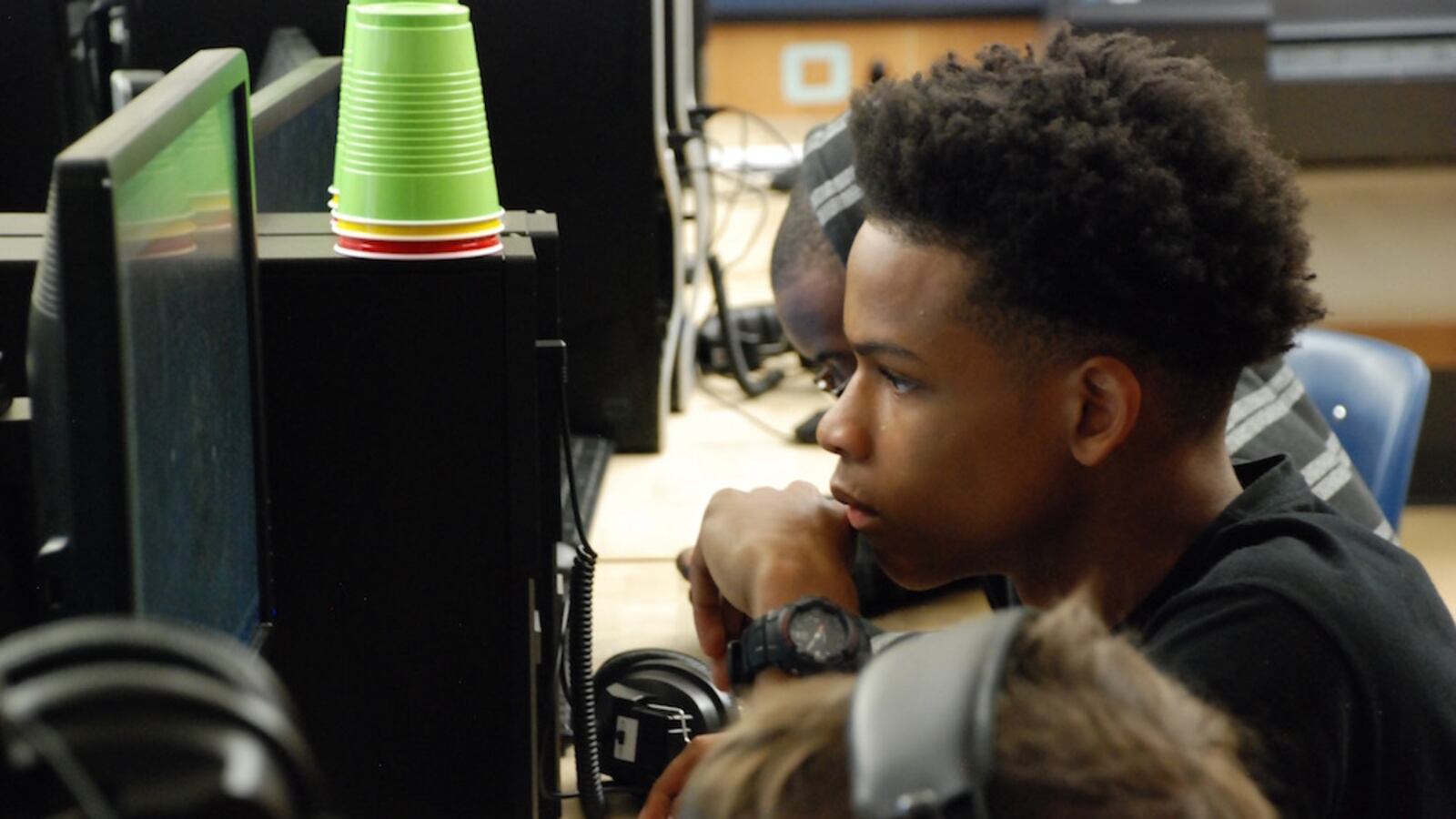The Colorado Department of Education earlier this week published data that show how different groups of students performed on the state’s English and math tests.
We’re dissecting the data a couple different ways. Our first look Wednesday examined the racial achievement gaps in the state’s 10 largest school districts and found that Denver and Boulder had the widest.
Today, we’re looking at gaps through a socioeconomic lens. Schools measure poverty by how many students qualify for government subsidized lunches. We’ve compared test results for students who qualify for free or reduced-priced meals and for those who don’t.
Students in poverty can face a myriad of challenges that impact learning: unstable housing, chronic absenteeism due to family responsibilities and health problems such as uncontrolled asthma or tooth decay.
Not surprisingly, the poverty gaps are similar to those based on race: Denver and Boulder have the largest gaps at more than 40 percentage points. Most of the other large school districts have gaps in the low to mid-30s.
Aurora Public Schools and Colorado Springs District 11 have much smaller gaps, mostly in the teens or low 20s. That’s not necessarily because their poor students are doing better than their peers across the state. It’s because their more affluent students aren’t passing the math and English tests.
Here’s a look at the results:
Aurora Superintendent Rico Munn said his concern isn’t about closing gaps, but improving outcomes for all students.
“We need to lift all boats,” he said. “We’re not in a situation where there is some group that is way outperforming another.”
That doesn’t mean Munn and his team aren’t keeping track of the gaps. He said it’s important to understand the unique challenges each student population faces.
“What we don’t want is for someone’s demographic profile to determine their outcomes,” Munn said.
The inner-suburban Denver school district has launched a series of reform efforts to boost student learning. Teachers districtwide have been trained on how to better engage students. A group of schools in the Original Aurora neighborhood, near the Denver border, has been granted more freedom to make changes to address student needs. And the district has also rolled out a new math curriculum.

